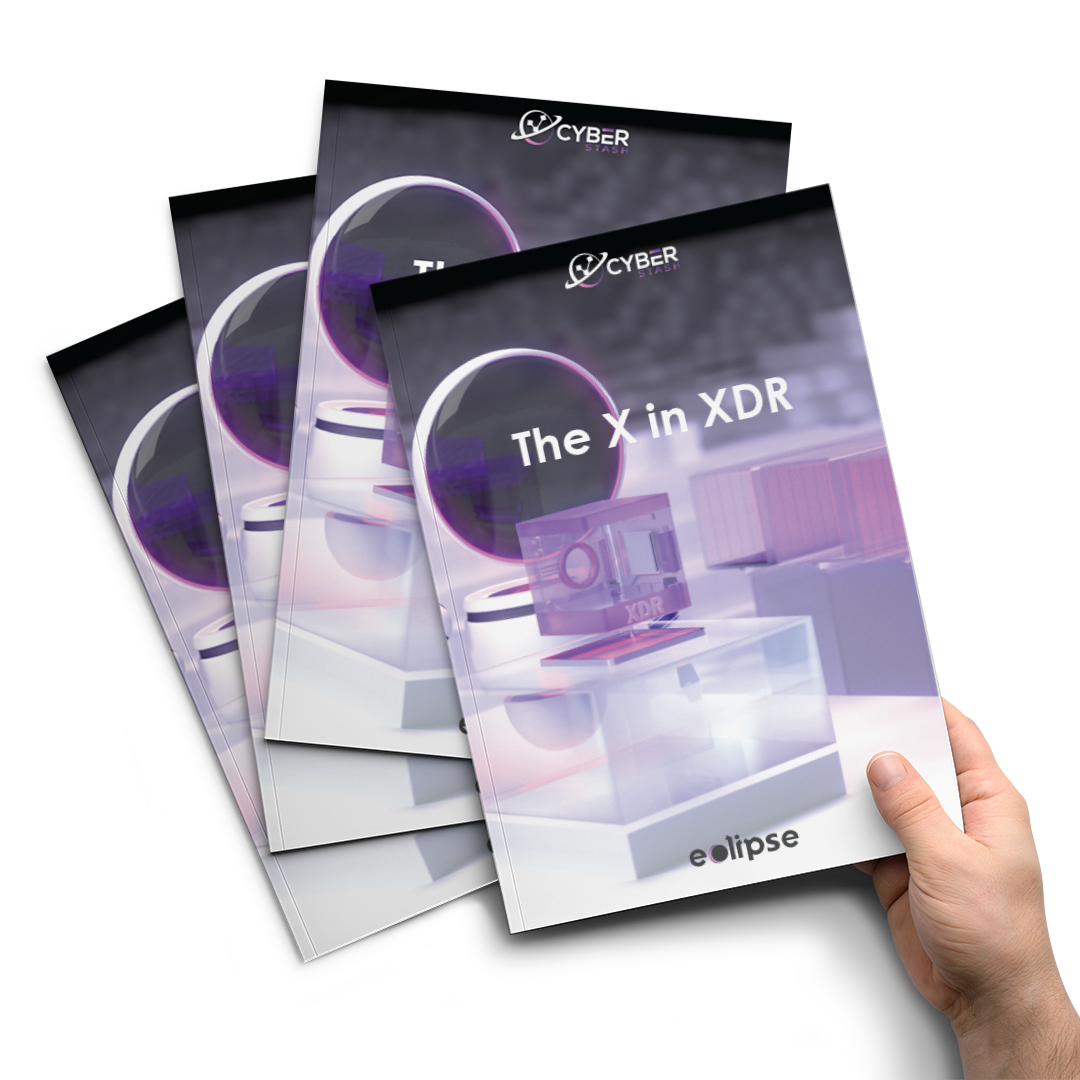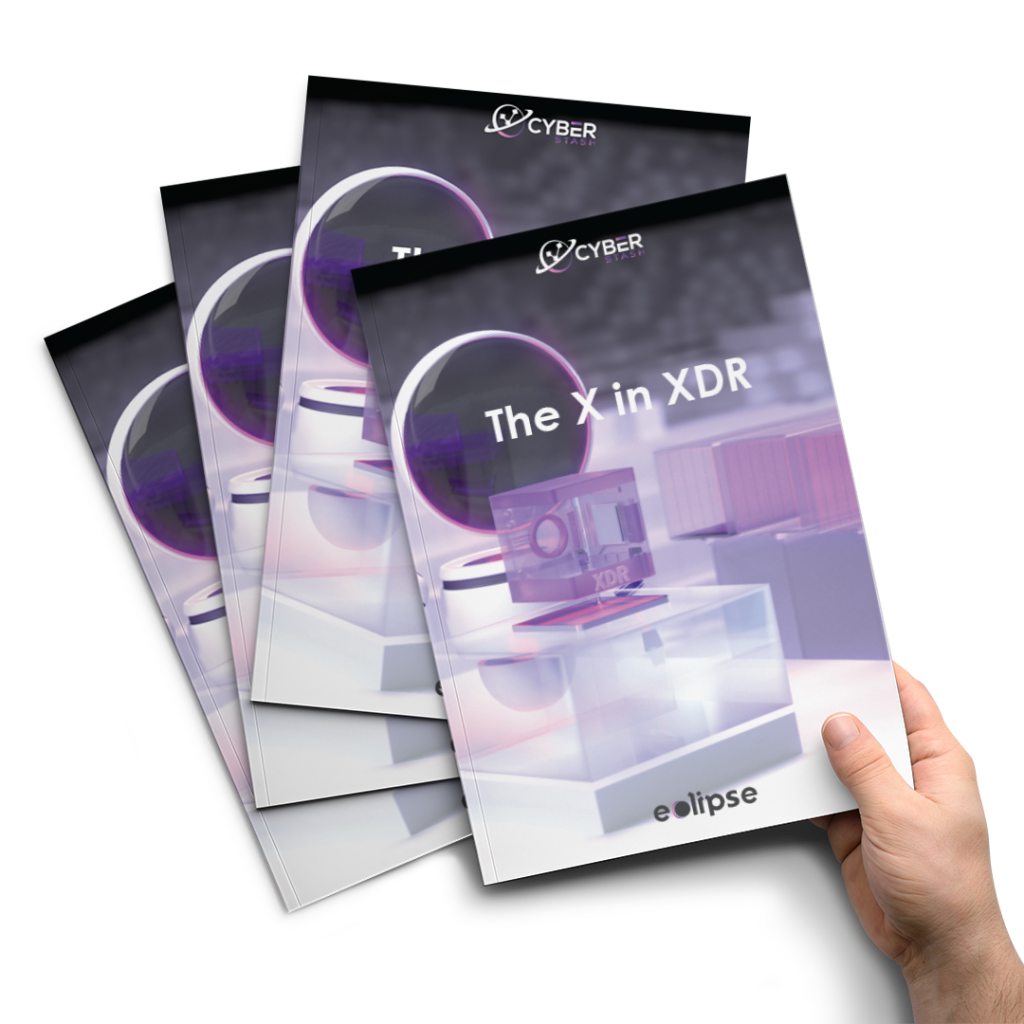The X in XDR
Extended Detection and Response (XDR) is an emerging technology that provides superior detection and response capabilities while optimising your security program’s risk and resources.
As XDR evolves, one would expect its definition to evolve with it. It’s now clear, however, that defining XDR is anything but straightforward, not least because ‘extended’ is virtually impossible to pin down – which is precisely how it should be.
Find out how to evaluate The X in XDR.
In this guide, you will learn:
- The benefits of XDR
- Types of XDR available
- Key capabilities
- Advanced characteristics
- Key considerations when evaluating XDR.

Complete the form to download
The X in XDR whitepaper
Service Levels Available
eclipse.xdr is delivered as a platform or a Managed Detection and Response (MDR) service. When delivered as a service, CyberStash constantly detects, hunts, investigates and responds to cyber threats to keep your business safe.
- Standard
- Enterprise
- Managed
What your business is up against
Sophisticated attacks that are designed to evade security controls
850,000 new malicious IP addresses launched every day
30-50 million malicious domains exist at any one time
8 million spam and phishing attacks every day
Understand the security problems XDR can solve by:
Strengthening network security defences and evidently reducing risk
Increasing your cybersecurity program ROI
Controlling the time an attacker lives undetected on your network and reducing the likelihood of a system compromise
Reinstating and maintaining trust, resilience, and confidence in your IT environment

Use a massive number of threat-intelligent indicators, risk-based policies, GEO-fencing, and ASN-fencing, to significantly reduce an organization’s exposure to most sources of attacks.
Independently audit every system within an organization as thoroughly as possible at a frequency defined by risk appetite to detect breached systems before they impact business.
Hunt, detect, and respond to unknown and sophisticated attacks that circumvent existing defenses, controlling the breach dwell-time down to 1 day.
Orchestrate and automate the work a security analyst is required to perform using correlation, enrichment, threat intelligence, dynamic analysis, anomaly detection of operating system artefacts and incident response.
Leverage a defensive methodology that does not depend on prior knowledge of malicious code.
Optimize risk and resources through the cost-efficient manner in which threat information is collected, correlated, and disseminated, thus effectively reducing resource overhead for managing threats, thereby providing organizations with a greater return on their investment.